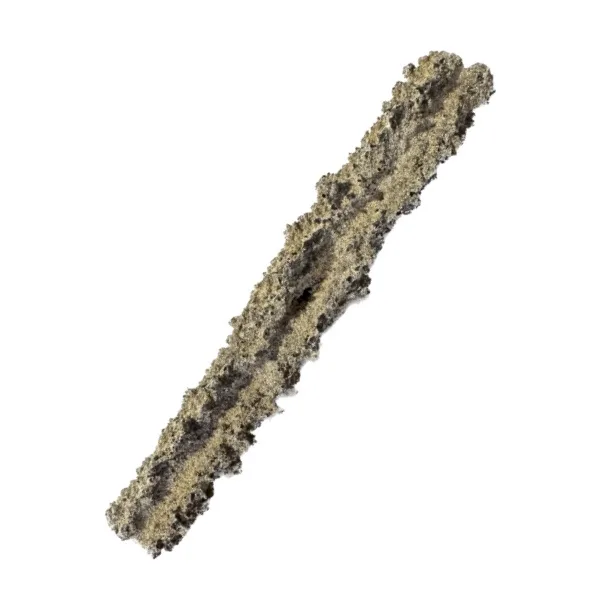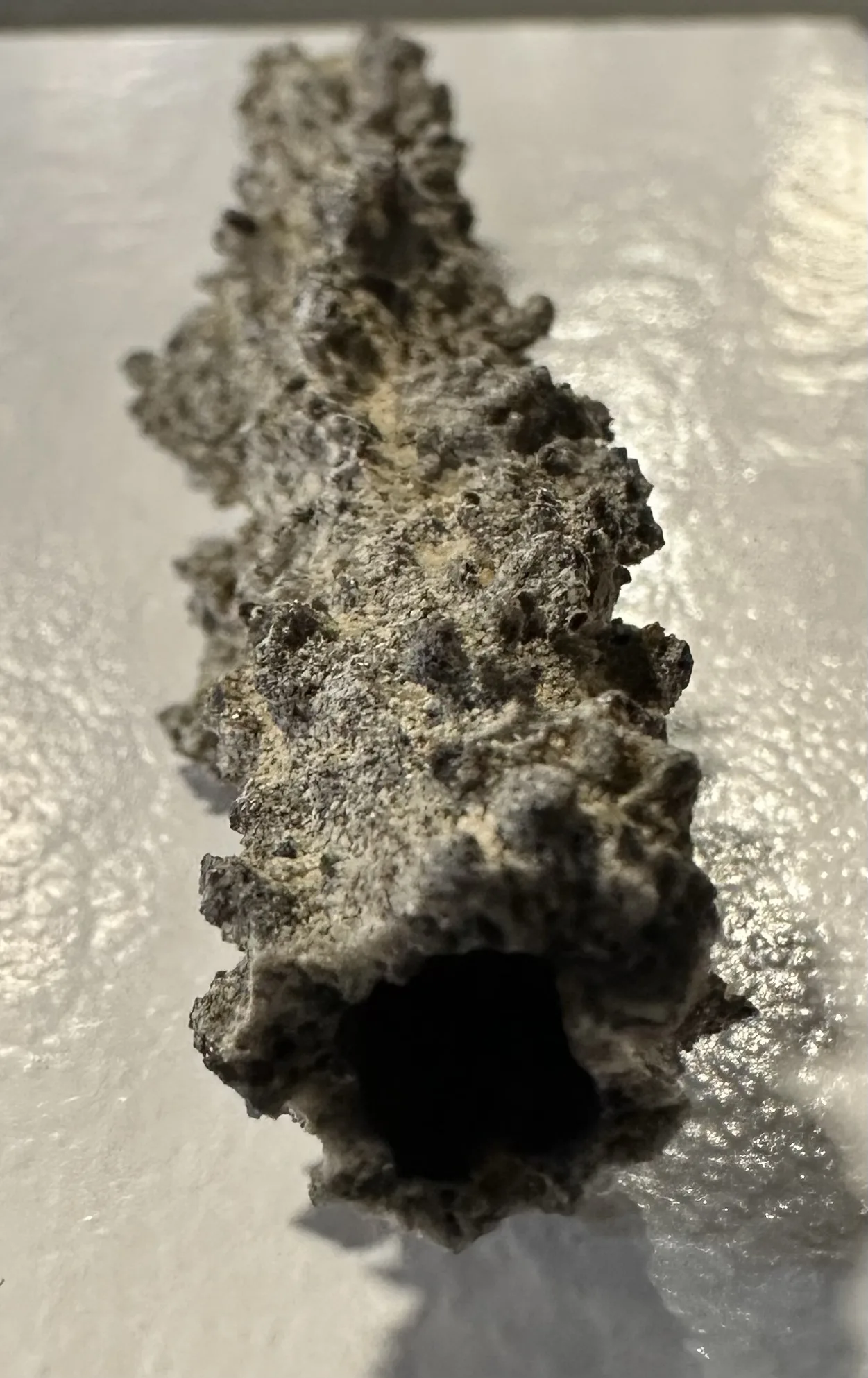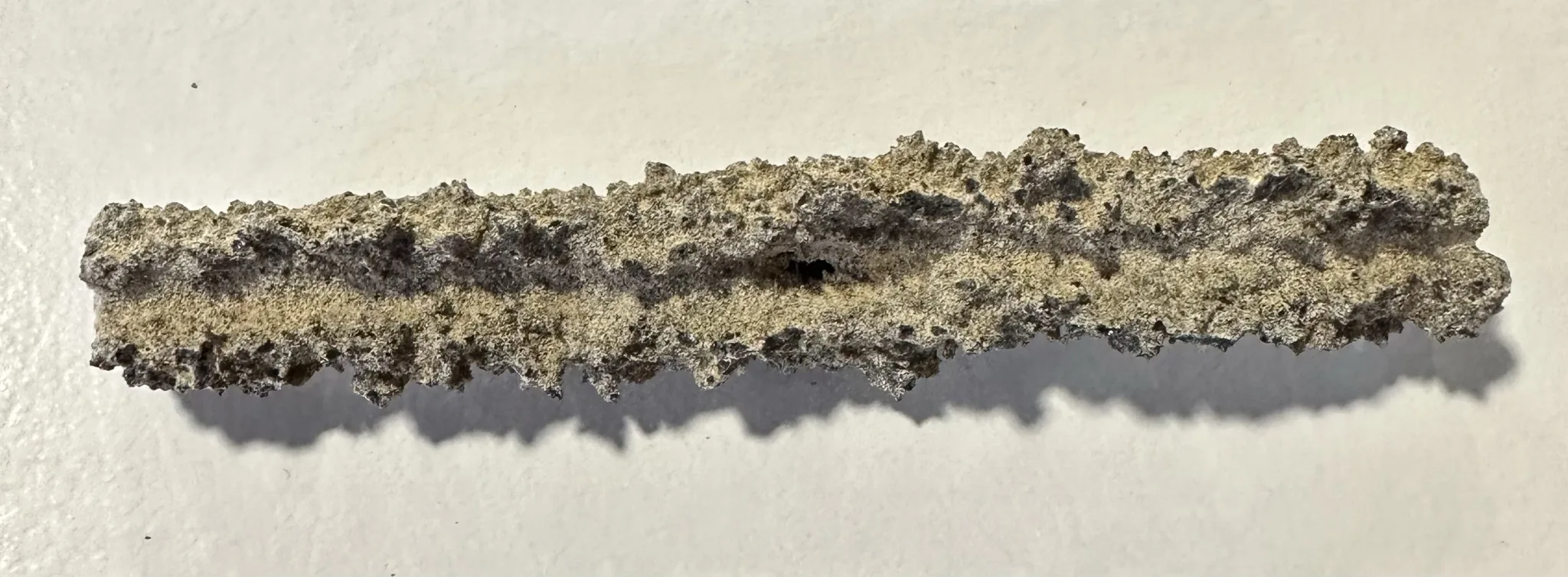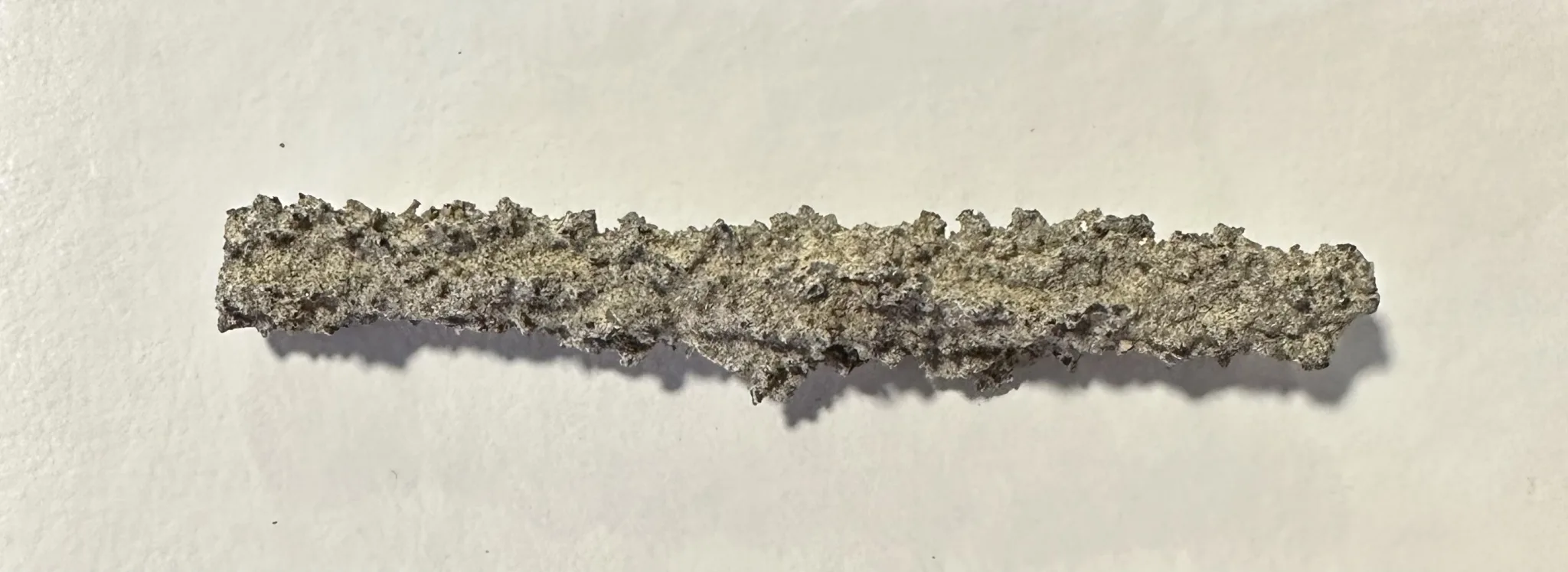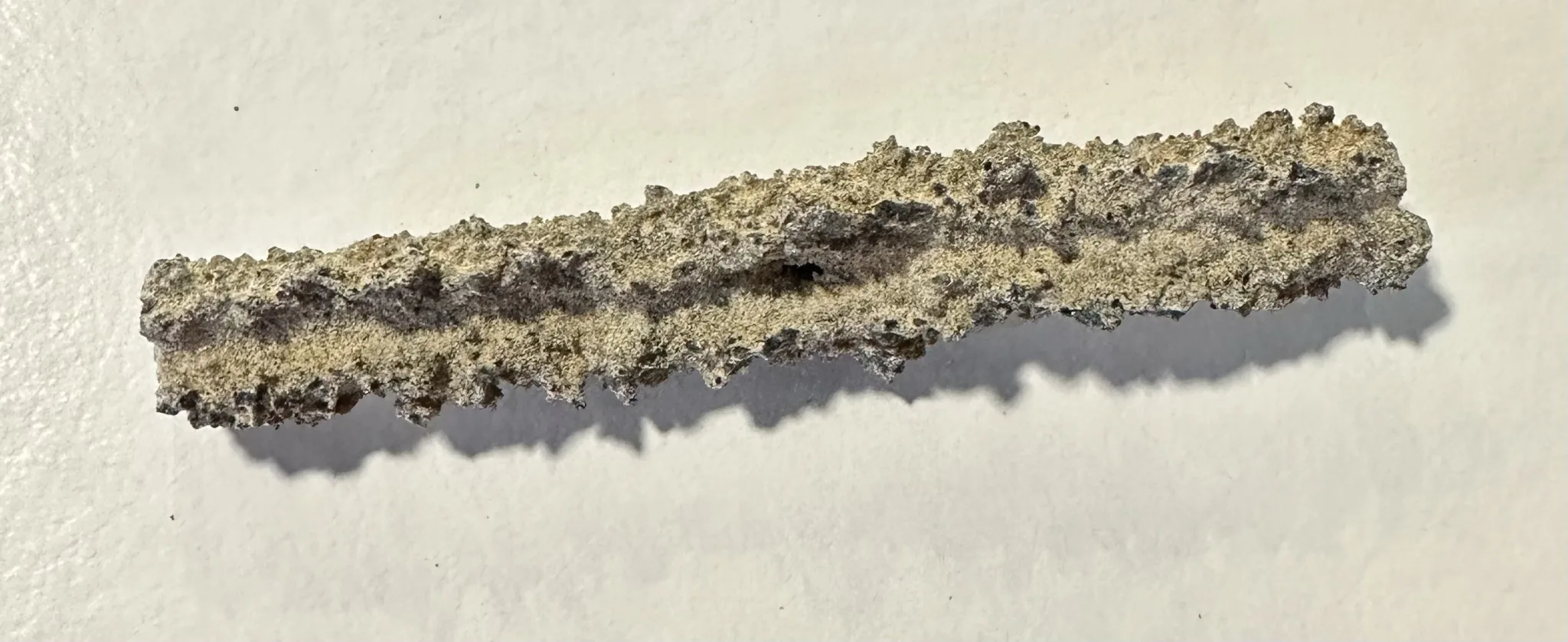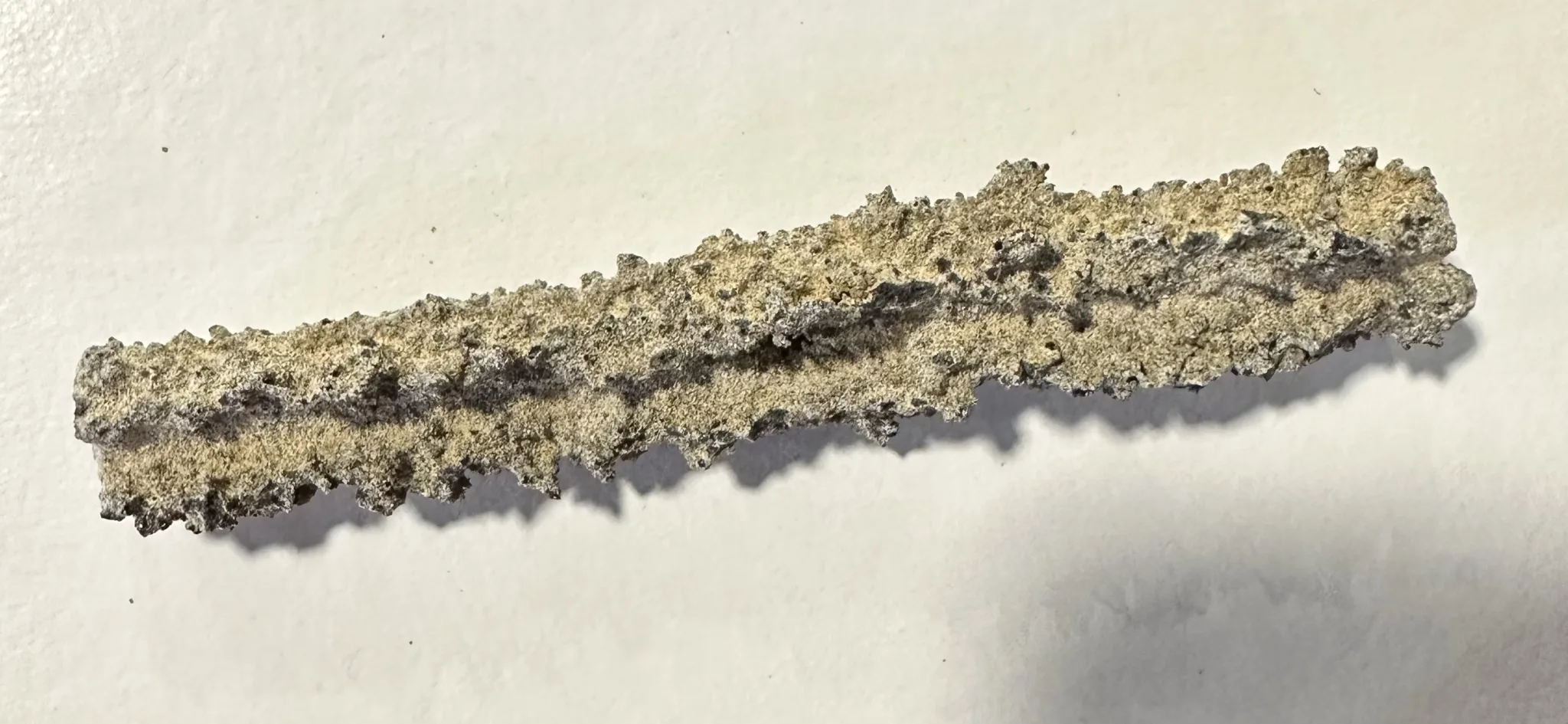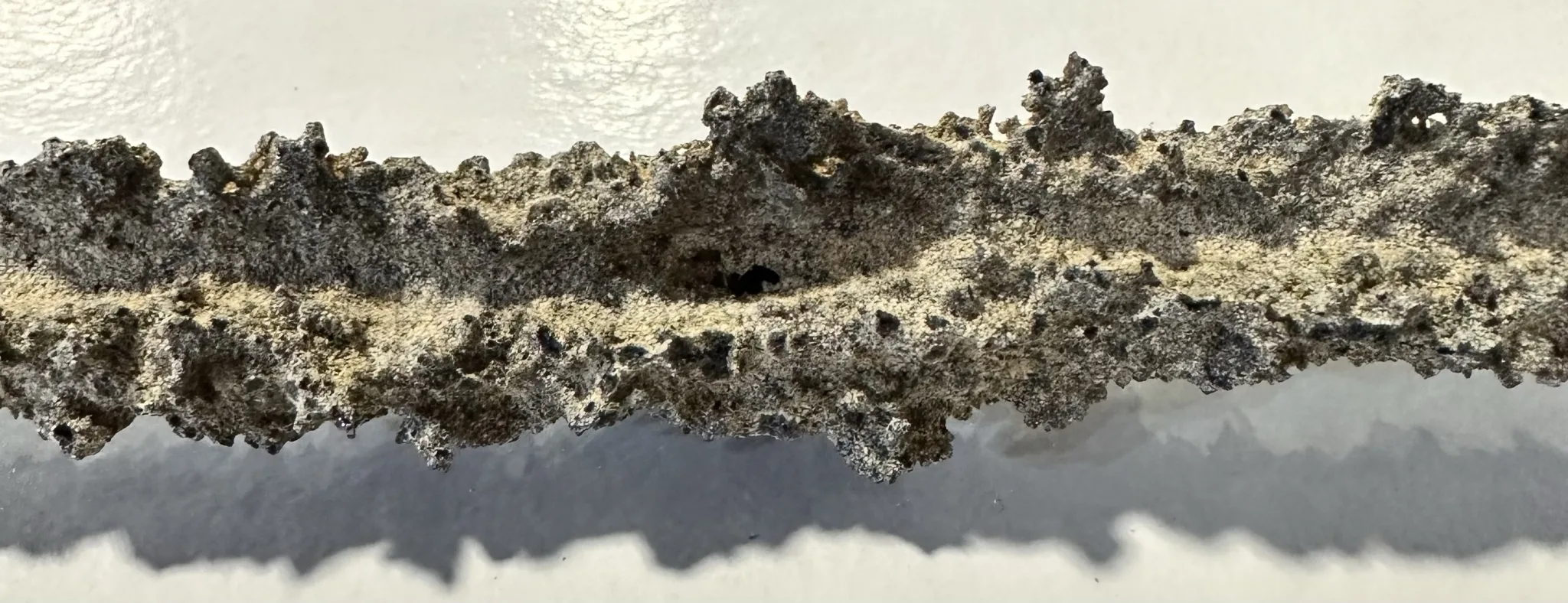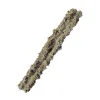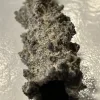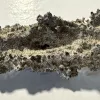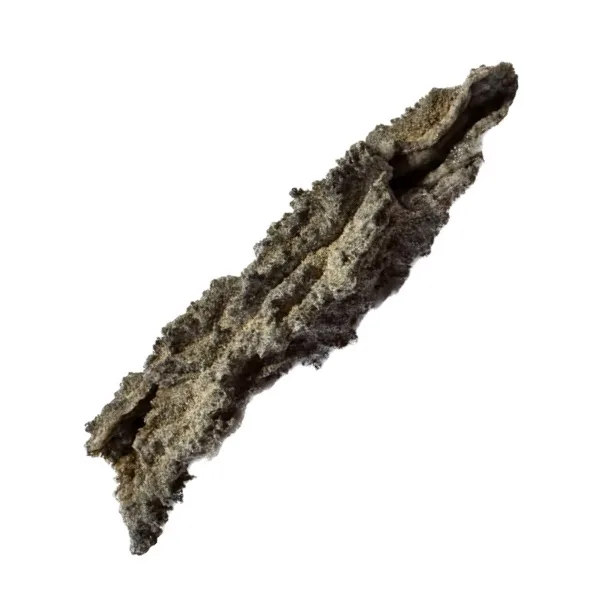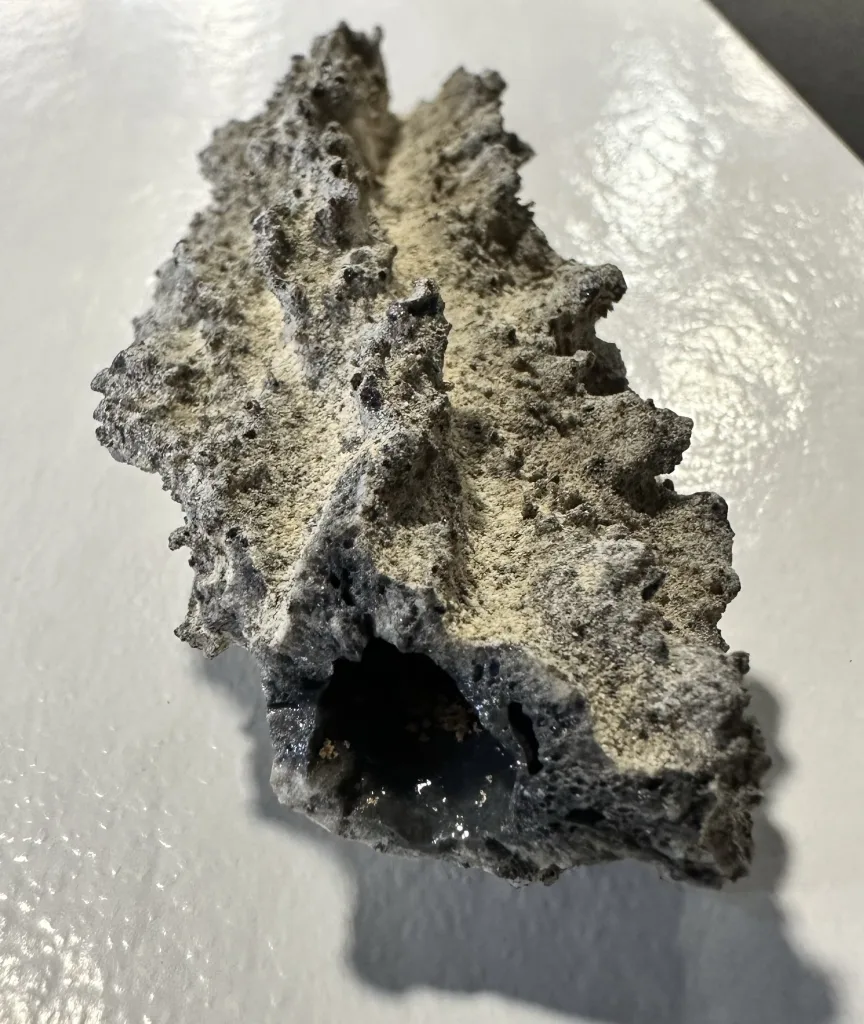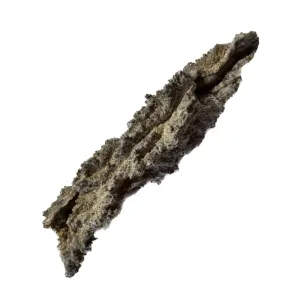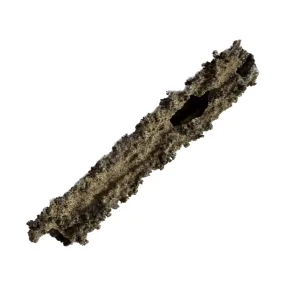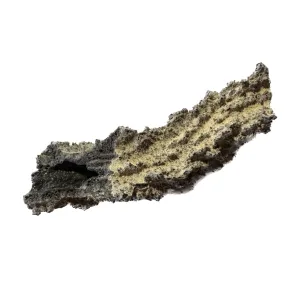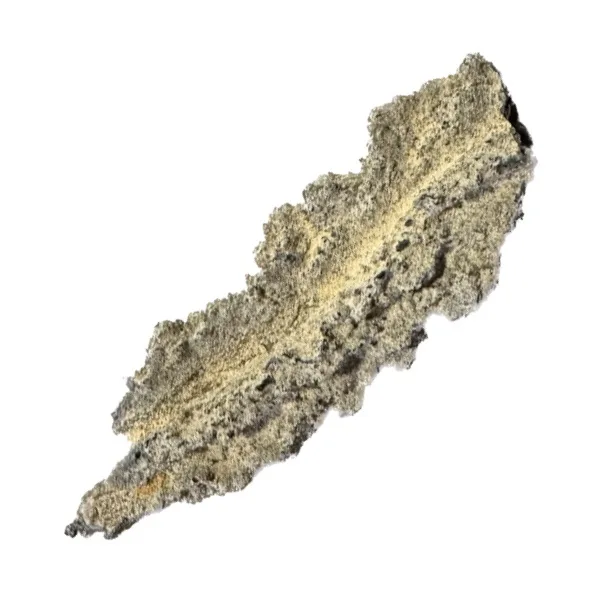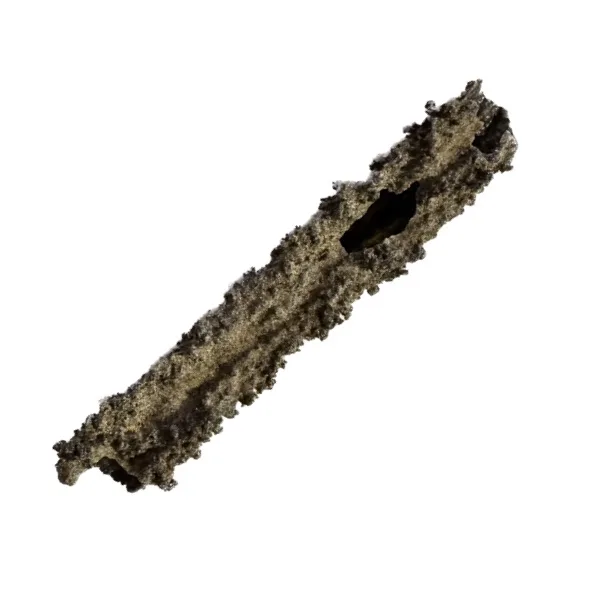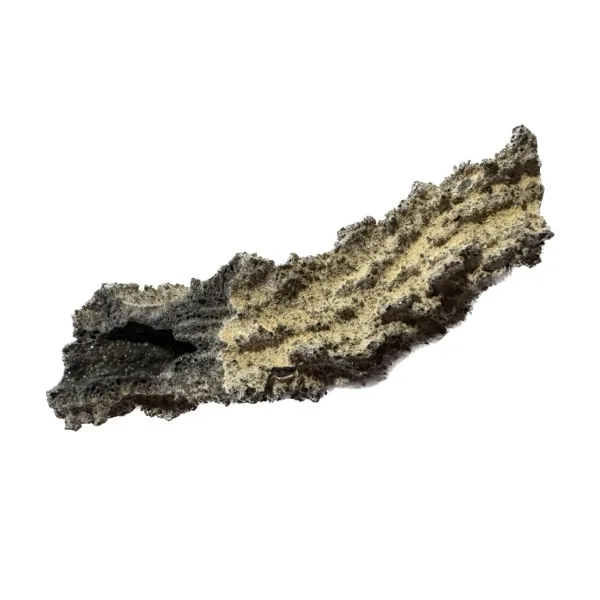The Algerian lightning strike glass fulgurite tube, measuring approximately 4 1/2 inches long, is a captivating geological marvel, formed through the intense fusion of sand or rock by lightning strikes in the Sahara Desert’s arid expanse. Its medium gray hue hints at the transformative power of the lightning’s heat, which created this extraordinary glassy formation. Unlike many fulgurites, this tube stands out for its remarkable straightness, defying the chaotic patterns often associated with these natural creations. Its hollow interior echoes the forceful passage of electrical discharge, frozen in time within the tube’s pristine walls. As a testament to nature’s raw energy and precision, this Algerian fulgurite serves as a tangible reminder of the awe-inspiring forces at work in our world.
Global Wonders
Fulgurites come in various shapes and sizes, ranging from delicate, branching patterns to solid, glass-like tubes. In sandy regions like deserts and beaches, where the soil is rich in silica, lightning strikes can fuse the sand grains together, forming intricate tubes known as “sand tubes” or “sand fulgurites.” These formations often resemble twisted roots or branching tree limbs frozen in time.
One of the most famous locations for collecting fulgurites is the White Sands National Park in New Mexico, USA. Here, the combination of lightning-prone skies and vast expanses of gypsum sand creates ideal conditions for fulgurite formation. Visitors can marvel at the delicate tracery of fulgurites scattered across the dunes, each one a testament to the power of nature.
In other parts of the world, such as Australia’s Outback or the Sahara Desert in Africa, fulgurites can be found amidst the arid landscapes, hidden treasures waiting to be discovered. These regions, with their low moisture content and abundance of sandy terrain, provide fertile ground for the formation of these captivating structures.
Algerian Fulgurites: Treasures of the Sahara
Algeria, with its vast expanse of desert terrain, is a rich source of fulgurites, particularly in regions such as the Sahara Desert. The combination of intense heat, dry climate, and frequent lightning storms creates optimal conditions for the formation of these unique geological formations.
In Algeria, fulgurites can be found scattered across the desert landscape, often buried beneath layers of sand or partially exposed by wind erosion. The Tassili n’Ajjer National Park, a UNESCO World Heritage Site renowned for its ancient rock art and dramatic landscapes, is one such location where fulgurites can be discovered.
The Algerian Sahara is home to a diverse array of fulgurite formations, ranging from delicate, branching structures to solid, glassy tubes. These formations vary in size, with some reaching several meters in length, while others are smaller and more intricate in design.

One notable type of fulgurite found in Algeria is the “sand fulgurite,” which forms when lightning strikes sandy terrain. The intense heat generated by the lightning fuses the grains of sand together, creating intricate tubes and branching patterns frozen in time. These sand fulgurites can be found scattered across the desert floor, their delicate forms a testament to the raw power of nature.
Another type of fulgurite found in Algeria is the “rock fulgurite,” which forms when lightning strikes rocky outcrops or boulders. The intense heat of the lightning vaporizes the minerals in the rock, creating glassy formations that are often fused to the surrounding stone. These rock fulgurites can be found embedded in the rocky terrain of the Algerian Sahara, their smooth surfaces gleaming in the desert sun.
Fulgurites are truly remarkable geological formations, each one a testament to the raw power and beauty of nature. From the sandy deserts of the American Southwest to the rocky outcrops of the Algerian Sahara, these formations can be found across the globe, each bearing unique characteristics shaped by their local environment.

Whether admired for their delicate beauty or studied for their scientific significance, fulgurites continue to captivate the imagination of scientists, collectors, and nature enthusiasts alike. As reminders of the awe-inspiring forces at work in our world, they serve as timeless symbols of the wonders of the natural world.
Prehistoric 101 (Learn about fossils, minerals, and meteorites)
Fulgurites: Mother Nature’s Glass

